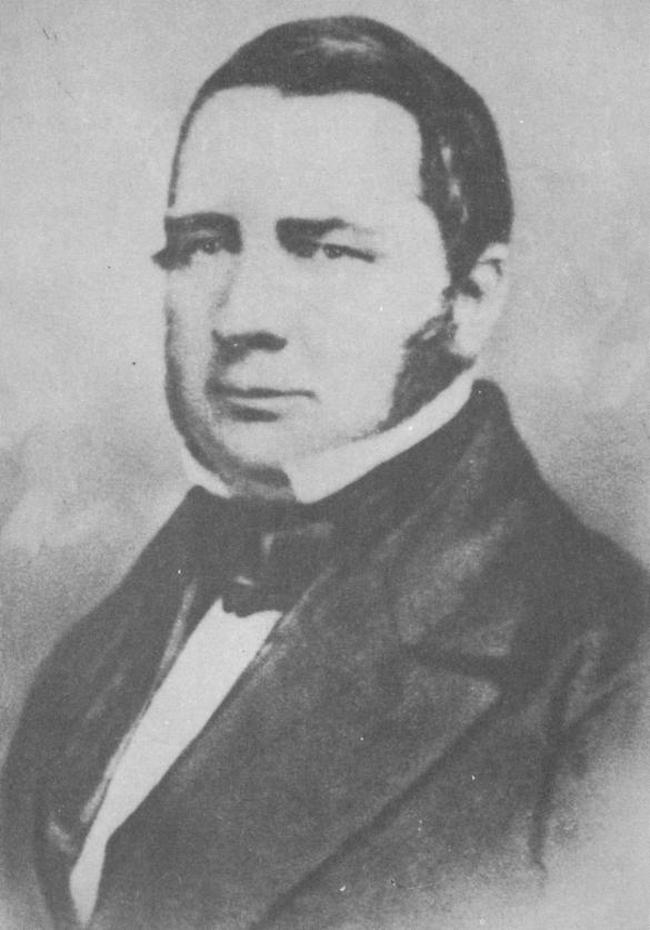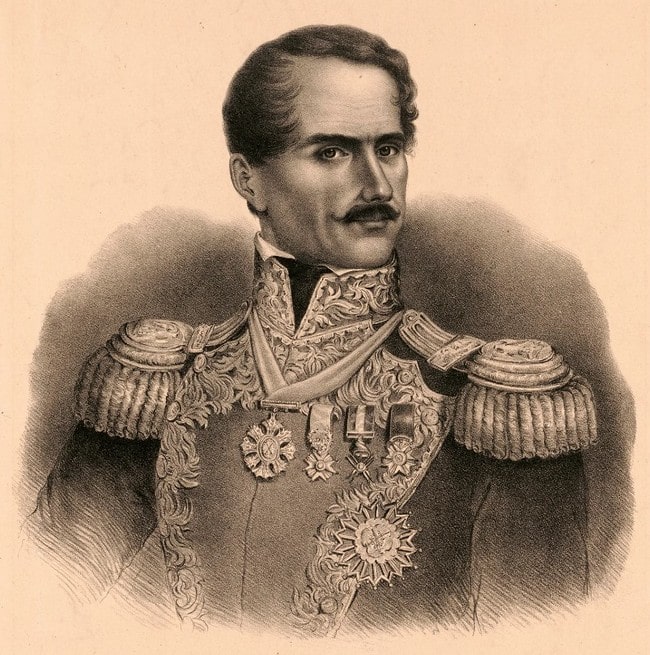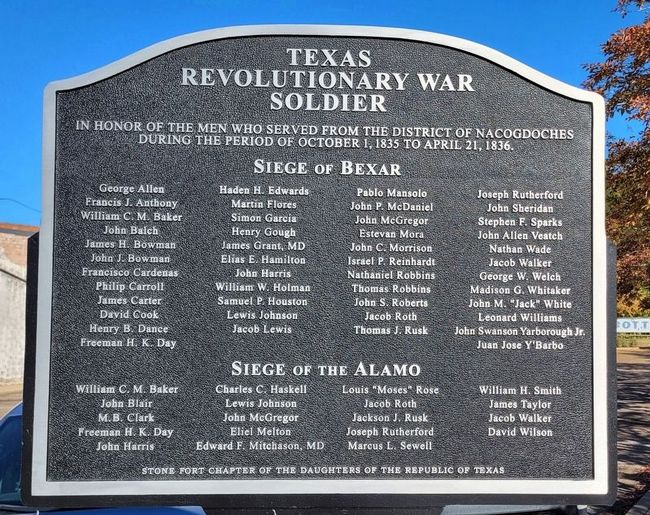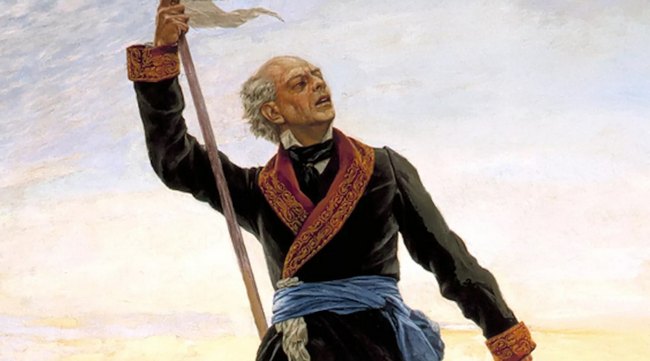
The Porfiriato period was characterized by economic growth, modernization, and industrialization. Diaz implemented policies that encouraged foreign investment and promoted the construction of railroads, telegraph lines, and other infrastructure. This led to significant improvements in transportation, communication, and trade, which helped to spur economic growth.
However, the benefits of this economic growth were not evenly distributed. Many workers were exploited and lived in poor conditions, while the elite continued to accumulate wealth and power. Additionally, Diaz’s regime was marked by political repression, censorship, and the suppression of dissenting voices.
These inequalities and repressive policies eventually led to widespread discontent and the rise of the Mexican Revolutionary Movement.
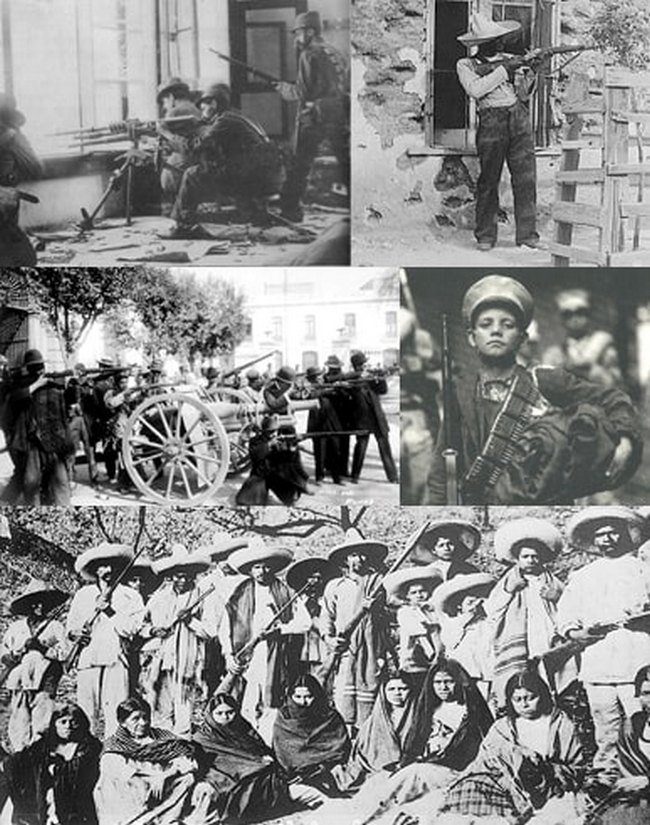
Source: en.wikipedia.org
The Mexican Revolutionary Movement
The Mexican Revolutionary Movement began in 1910 with the outbreak of the Mexican Revolution. The revolution was driven by a desire to end the dictatorship of Porfirio Diaz and to address the social and economic inequalities that existed in Mexico.
The movement was led by a diverse group of individuals, including peasants, workers, intellectuals, and military leaders. Some of the most prominent leaders of the movement included Emiliano Zapata, Francisco Villa, and Venustiano Carranza.
The revolution was marked by intense fighting and violence, with battles taking place throughout Mexico. The conflict also had international implications, with the United States and other countries involved in the fighting and the aftermath.
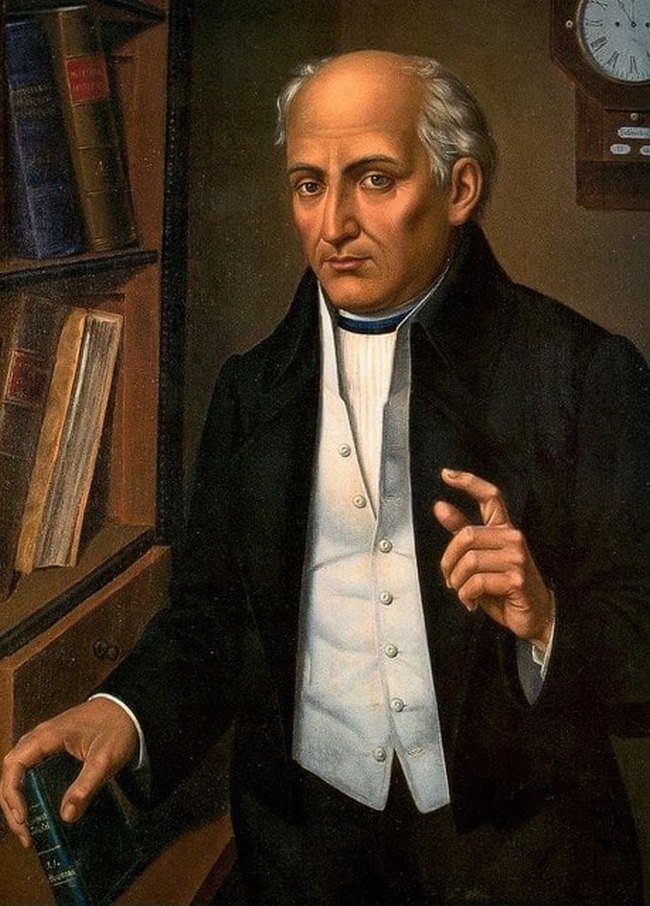
Source: en.wikipedia.org
Father Hidalgo’s Role in the Revolution
Father Miguel Hidalgo y Costilla was one of the most important figures in the Mexican War of Independence and played a significant role in the early stages of the Mexican Revolutionary Movement.
Hidalgo was born in 1753 in Guanajuato, Mexico. He was educated in theology and became a Catholic priest in 1778. In addition to his religious duties, Hidalgo was also interested in social and political issues and was known for his support of Mexican independence.
In 1810, Hidalgo became involved in the Mexican War of Independence. He helped to organize a group of rebels and led them in a march to Mexico City. Along the way, he gave a famous speech known as the Cry of Dolores, in which he called for the end of Spanish rule and the establishment of a Mexican republic.
Although Hidalgo was initially successful in his campaign, he was eventually captured and executed by Spanish forces. However, his legacy lived on and he became an important symbol of Mexican independence and national identity.
Hidalgo’s role in the Mexican Revolutionary Movement was significant because he inspired later generations of Mexicans to fight for their rights and freedom. His ideas and ideals were influential in shaping the goals and strategies of the revolutionaries who fought against Porfirio Diaz and his regime.
FAQ
What were Father Hidalgo's religious beliefs, and how did they shape his political views?
How did Father Hidalgo's upbringing and education influence his role in the Mexican War of Independence?
What was Father Hidalgo's relationship with other leaders of the Mexican War of Independence, such as Jose Maria Morelos and Vicente Guerrero?
How did Father Hidalgo's famous "Cry of Dolores" speech influence the Mexican people and the course of the revolution?
How has Father Hidalgo's legacy been remembered and celebrated in Mexican and Mexican-American culture?
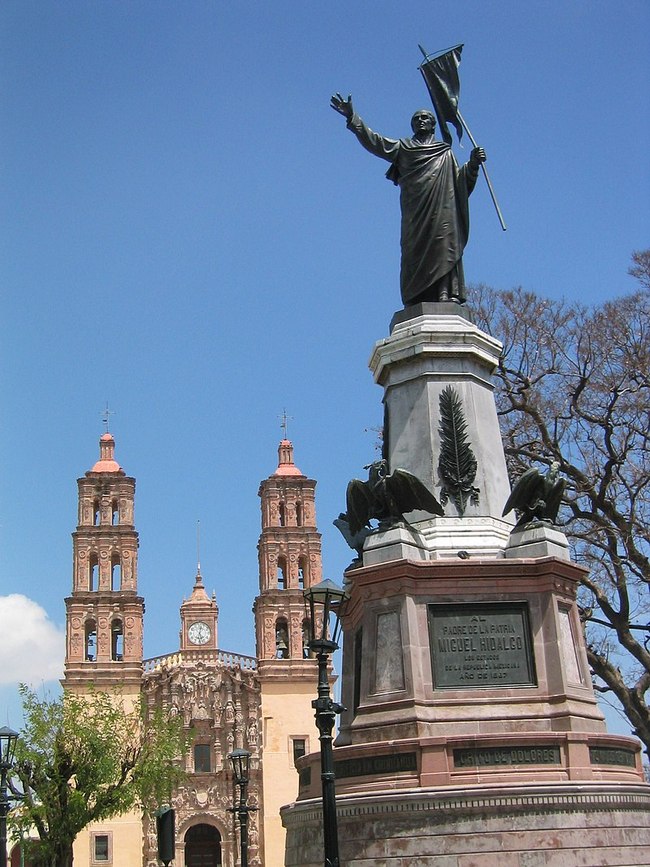
Source: en.wikipedia.org
Conclusion
The Mexican Revolutionary Movement was a major turning point in Mexican history. It was a long and violent conflict that was driven by a desire to end the dictatorship of Porfirio Diaz and to address social and economic inequalities in Mexico.
Father Miguel Hidalgo y Costilla played a significant role in the early stages of the movement. His ideas and ideals inspired.
